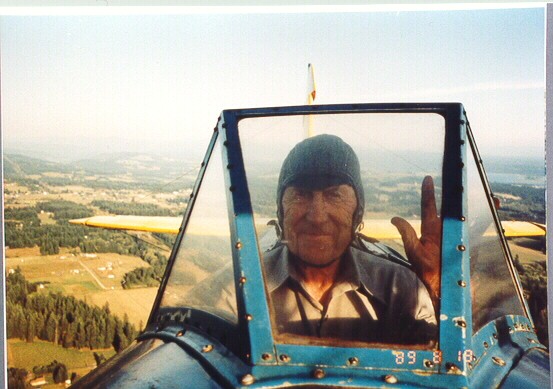I recently watched an episode of Autoline Weekly and the guest was Dan Nicholson from GM's propulsion division and if you watch towards the end, they reveal that GM and the other automakers are lobbing the government to move the country to a single fuel that will help them achieve the higher CAFE ratings that are mandated. They are talking about just one grade only available at the pump and it would be
95 octane.
Of course it would be unleaded, so I got to thinking, this might be a good thing for GA. I think 95 would run every piston GA plane out there and if the whole country is buying it, the cost should be pretty reasonable, likely closer to what regular costs now. The only question would be about the use of ethanol or not. Here's a link to the show-



